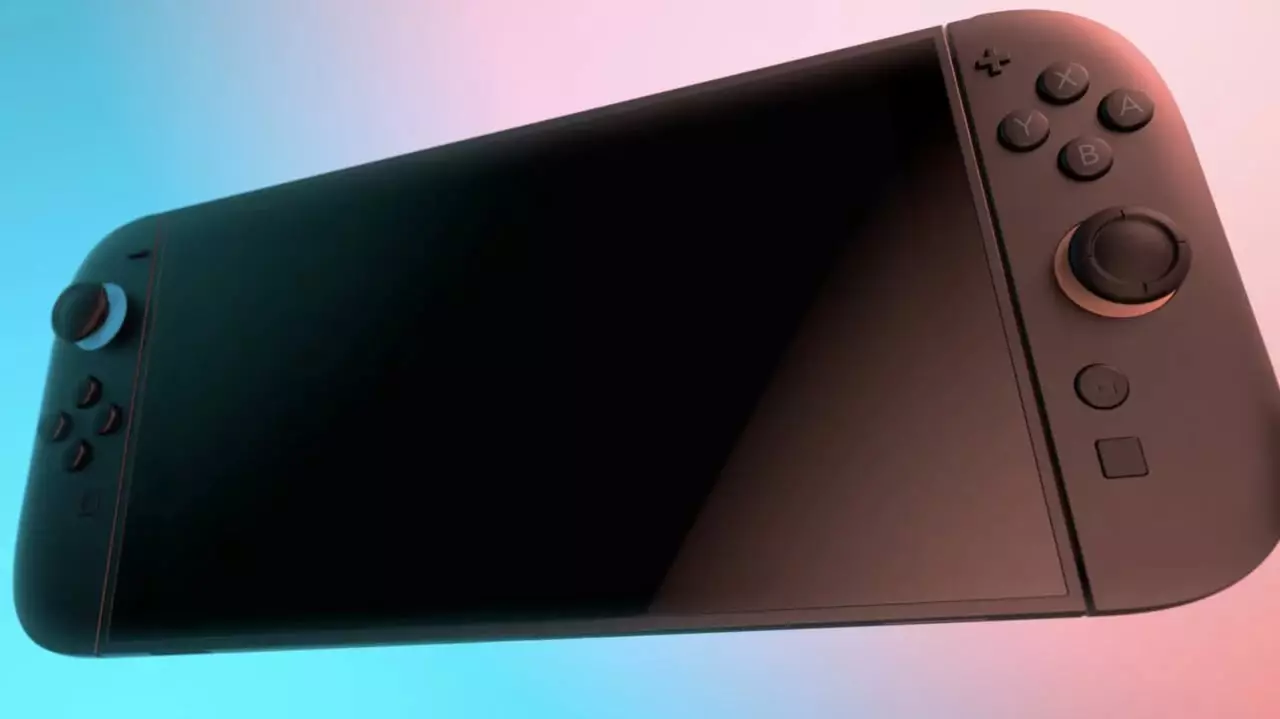As the gaming world eagerly counts down to Nintendo’s much-anticipated Switch 2 broadcast, an undercurrent of debate and speculation has surged through the industry. With multiple reports surfacing regarding the development kits for the new system, it’s clear that Nintendo is taking a carefully curated approach to the hardware rollout. Various industry insiders, including prominent figures like Digital Foundry’s John Linneman and games journalist Imran Khan, have revealed that medium to small developers are still clamoring for access—a situation that could significantly impact the Switch 2’s early third-party game lineup.
This selective distribution of development kits raises questions about Nintendo’s strategy. Is the company prioritizing larger developers at the expense of smaller studios? Linneman’s observations suggest that many developers still lack the crucial tools needed to create games for the next-generation console. This kind of exclusivity could lead to a skewed gaming landscape at launch, emphasizing titles from well-established studios while sidelining the creative endeavors of smaller teams, who often innovate in exciting ways.
Concerns About Chaos: The Risk of Uncertainty
Khan’s remarks regarding the Embracer Group underscore a palpable sense of caution from Nintendo. The company appears to be wary of potential instability among developers, fearing that development kits might end up in the hands of studios that could falter mid-production. The emphasis on “chaos” draws attention to the precarious nature of game development today, where financial uncertainties can lead to abrupt closings.
While it’s understandable that Nintendo wishes to safeguard its investments, this strategy can inadvertently stifle innovation and limit diversity in the initial game offerings. The reluctance to distribute kits to developers perceived as risky might work against Nintendo’s goal of broadening its library and catering to a wide spectrum of gaming audiences.
A Fragmented Rollout: Expectations and Reality
Reports suggest a phased rollout for the Switch 2 development kits. While larger developers like Ubisoft have already received their kits, smaller ones will reportedly have to wait until June, with a fuller allocation arriving by October to November. This staggered timeline can potentially lead to a scenario where the initial software available for the Switch 2 feels unbalanced—heavily skewed towards more significant publishers’ titles at launch.
Insider Gaming’s Tom Henderson highlighted this concerning disparity, warning that it could set a precedent that ignores many promising indie developers. With many beloved titles emerging from smaller studios in past years, the lack of early access to development kits restricts these creators from participating in a major industry leap. Therefore, the selective distribution approach chosen by Nintendo is one that invites scrutiny, with the risk of creating a less diverse gaming catalog.
Resonating Hardware Rumors: What Lies Ahead?
As the tension builds, so does speculation surrounding the hardware capabilities of the Switch 2. Reports that some development kits do not include 4K output have sent ripples through discussions about the console’s final specifications. While some whispers suggest the system will at least support “4K upscaling,” the inconsistency among development kits raises more questions than it answers. Critics are wary that these disparities could signal deeper hardware limitations, which might ultimately impact the gaming experience provided by the Switch 2.
The nature of development kits often means that they do not always reflect the hardware’s final iteration. This fact adds complexity to assessments of the console’s capabilities. Regardless, the anticipation around whether the Switch 2 can deliver on 4K visuals remains a heated topic in the community.
A Call for Inclusion: The Future of Game Development
As we approach Nintendo’s direct broadcast, the gaming community is set to gain further insight into the future of the Switch 2 and its potential library. However, one hope that resonates clearly is the need for inclusivity in the development process. While larger developers may already be lining up promising titles, the right approach would involve creating opportunities for smaller studios to shine as well.
Ultimately, the success of any console hinges not just on its technological prowess, but on the diversity of experiences it can offer players. Nintendo’s decision-making during this critical launch phase will define how the Switch 2 is perceived and whether it can replicate the cultural phenomenon its predecessor initiated. The stakes are high, and the hope remains that Nintendo will strive for a more inclusive ecosystem as it charts this new course.

